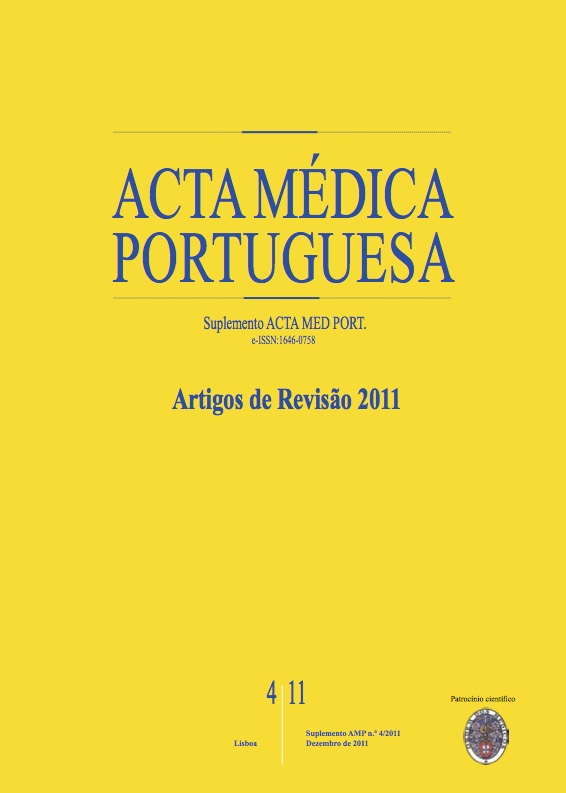A macroprolactinemia--da determinação laboratorial ao seu significado clínico.
DOI:
https://doi.org/10.20344/amp.1575Resumo
Since prolactin (PRL) (a hormone produced by the anterior pituitary) was first identificated, the existence of hyperprolactinemic syndrome has been recognized. Main symptoms are galactorrhea, oligomenorrhea, amenorrhea and infertility in women and decreased libido and impotence in men. Macroprolactinemia reflects the predominance of circulating forms with reduced bioactivity not associated with typical clinical manifestations of hyperprolactinemia. It is identified by immunoassays commonly used in clinical practice, resulting in hyperprolactinemia. Polyetilenoglycol (PEG) is the most used method that removes PRL from serum. It is likely that the phenomenon of macroprolactinemia is consistently underestimated and unrecognized. Manufacturers of immunoassays for PRL have been slow to incorporate in the literature, validated protocols, and data related to the interference of PEG. From a clinical and biochemical point of view and, the main concern should be to avoid unnecessary investigation and treatment.Downloads
Downloads
Como Citar
Edição
Secção
Licença
Todos os artigos publicados na AMP são de acesso aberto e cumprem os requisitos das agências de financiamento ou instituições académicas. Relativamente à utilização por terceiros a AMP rege-se pelos termos da licença Creative Commons ‘Atribuição – Uso Não-Comercial – (CC-BY-NC)’.
É da responsabilidade do autor obter permissão para reproduzir figuras, tabelas, etc., de outras publicações. Após a aceitação de um artigo, os autores serão convidados a preencher uma “Declaração de Responsabilidade Autoral e Partilha de Direitos de Autor “(http://www.actamedicaportuguesa.com/info/AMP-NormasPublicacao.pdf) e a “Declaração de Potenciais Conflitos de Interesse” (http://www.icmje.org/conflicts-of-interest) do ICMJE. Será enviado um e-mail ao autor correspondente, confirmando a receção do manuscrito.
Após a publicação, os autores ficam autorizados a disponibilizar os seus artigos em repositórios das suas instituições de origem, desde que mencionem sempre onde foram publicados e de acordo com a licença Creative Commons









